Last week, Sr. Solutions Architect Alan Posner attended a deep dive technical training session hosted by Dell EMC focused on the new MX7000 Modular Chassis in Austin, TX. At the training, Dell EMC product managers dove into the details of the MX7000 and how it is built to meet future business demands. Let’s dive into the technical takeaways from this training and what you can expect out of this next generation product.

Dell EMC MX7000 Top 5 Takeaways
1) The Dell MX7000 is replacing the M1000E in the product lineup, but it isn’t an incremental upgrade but rather a next-generation chassis
- At the foundation, PowerEdge MX7000 chassis hosts disaggregated blocks of server and storage to create consumable resources on-demand. Shared power, cooling, networking, I/O and in-chassis management provides remarkable efficiencies
2) No Midplane means future proof technology
- Plug server and storage nodes directly into the switch fabric
- No pre-determined restrictions on performance & functionality
3) No Midplane Enables Speed
- Interconnect up to 10 Chassis and experience less than 600 Nanoseconds of latency from any node to any node (most vendors can’t even get to 1 millisecond of latency)
4) 3 Fabrics in Every Chassis
- Two for IP based networking – designed for massive scalability and availability
- One for storage networking – supports HCI and external storage array architectures
- Enabling speeds from 10Gb to 100Gb per port and beyond
5) Genzconsortium.org is a great resource
- Industry group defining the future hardware architecture
- Redefining the definition of system hardware
- A new approach to dynamic hardware resource management
MX7000 Top 5 Considerations
1) Moving toward a software-defined data center, is a chassis architecture right for me?
- Do I value the density and management integration over the flexibility of rack servers?
- What new tools are provided to manage a chassis of servers and storage?
- Is this architecture a better target for building the Software Defined Data Center versus rack servers or a converged system?
2) What networking architectures will I need in the future? Will this chassis help get me there?
- Have we deployed 25Gb or 100Gb networking and if not what are our plans to enable future networking requirements?
- What migration strategy will incorporate supporting my legacy environment and my new deployment?
- How will networking transitions be incorporated into the strategy?
3) Do I need a chassis that can support external servers and storage?
- I still have value left in external rack servers and storage arrays. How do I include those in a chassis-based solution?
- Can I manage those external devices from within the MX7000?
4) Have I considered composability into my future architecture needs?
- What is composability and how will it affect future data center decisions?
- Is the industry committed to this future architecture and how is the MX7000 and enabler of this approach?
- What value will this design bring me over existing solutions?
5) How to know if this chassis technology is right for me?
- How do I evaluate my current and future needs against this variety of hardware architecture choices?
- If I haven’t owned a chassis system in the past should I consider one in the future? Alternatively, if I own a legacy chassis now do I want to invest in a new chassis solution?
- How do I distinguish between these approaches and optimize my choice for my organization or business?
It’s important to keep in mind that the MX7000 is a future proof architecture ready for composability. This new solution is not an upgrade from the M1000e but instead replaces the technology altogether striving to adapt to the future of data center architecture.
Contact us to learn more about the MX7000 and the future of data center chassis solutions!


